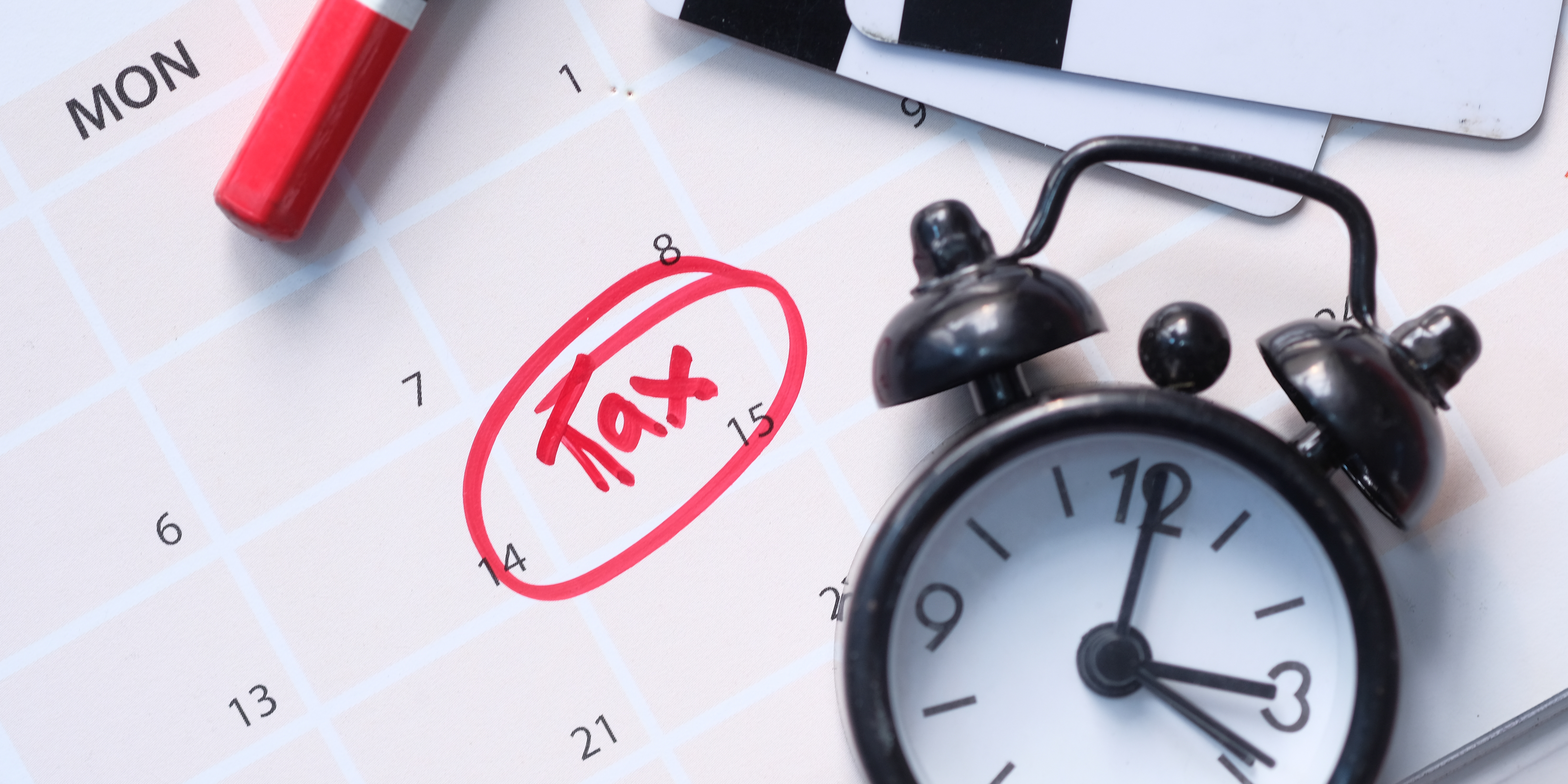Green bonds may be defined as regular bonds with a distinctively unique feature – the proceeds of the bonds are applied exclusively to projects with environmental benefits, for example, climate change mitigation, conservation of natural resources, promotion of biodiversity and reduction of air, water and soil pollution. In light of their specific utility function, there are several sectors on which the proceeds of green bonds can be utilised in, such as; energy, agriculture, waste management, water, transport and urban planning. Green bonds are therefore very useful in supporting the notion of sustainable development duly espoused as a national value in Article 10 (2) (d) of the Constitution of Kenya, 2010.
Green Bond Principles
The Green Bond Principles (GBP) were initially released in January 2014 and a revised version was published in June 2016. GBP provide guidelines for the issuance of green bonds, including providing guidance to issuers on the key components involved in launching a credible green bond and providing investors with available information that is necessary to evaluate the environmental impact of their green bond investments. GBP also assist underwriters by moving the market towards standard disclosures which facilitate transactions. GBP have four (4) main core components, namely, use of proceeds, process for project evaluation and selection, management of proceeds and reporting.
Types of Green Bonds
The following are the types of green bonds that are widely recognised:-
a) Use of proceeds bonds – where the proceeds from these bonds are earmarked for green projects but are backed by the issuer’s entire balance sheet. It entails a standard recourse- to- the- issuer debt obligation.
b) Use of proceeds revenue bonds – where the proceeds are assigned to eligible green projects, and bondholders have recourse to a specified revenue stream (which may be unrelated to the eligible green projects) but not to the issuer.
c) Project bonds – where the proceeds are invested in a specific green project and the investors have direct exposure to the green project itself. Debt recourse under a project bond is to the project’s assets and balance sheet.
d) Securitised bonds – where the relevant revenue stream is generated by a group of green projects or assets. Debt recourse under this type of bond is to a group of projects which have been grouped together (e.g. solar leases or green mortgages).
Supranational development banks have historically dominated the global green bond market, but now issuers are more diverse. Financial corporates led the market in 2018 and issuance by sovereign-related entities, like various water authorities, has also increased. The European Investment Bank issued its first green bond, named the Climate Awareness Bond, in 2017, with the proceeds of this bond dedicated to renewable energy and energy efficiency projects. In 2008, the World Bank issued its first green bond, a SEK 2.3 billion (USD 248 million) six (6) year issue that was sold to Scandinavian pension funds. The first corporate green
bonds were issued in 2012 and after that, the issuance of green bonds has been exponential. The green bond market grew from USD 10 billion in 2013 to over USD 40 billion in 2015 and Moody’s estimate that by 2019, the green bond market would have reached an annual value of over USD 200 billion.
In terms of “country appetite” for green bonds, China, France and the United States of America, lead the way accounting for fifty six per cent (56%) of global issuance in 2017, while Canada, Germany, Mexico, Netherlands Spain and Sweden fill out the remaining top ten (10) positions. Other countries participated minimally in the issuance of green bonds.
The exponential growth of the green bond market may be attributed mainly to two (2) factors. Firstly, governments globally are racing to mitigate the devastating effects of global warming in line with the Paris Agreement on Climate Change of December 2015. Secondly, in order to attract new investors, issuers of green bonds have developed innovative products such as green covered bonds and green residential mortgage backed securities amongst others, with the wider choice of investments products tending to attract a wider pool of investors.
The Kenyan Market
The Green Bonds Programme Kenya was launched in March 2017 with the aim of catalysing the market for green bonds. Subsequently, on 20th February 2019, the Capital Markets Authority (CMA) launched the green bonds market which was duly entrenched in law through the publication of a Policy Guidance Note on Issuance of Green Bonds and making amendments to the Nairobi Securities Exchange Listing Rules to allow for the listing of green bonds.
With CMA having approved the legal framework to issue both listed and unlisted green bonds, there is likely to be an increase in the issuance of green bonds and the funding for green projects in the country as well as the regional market.
Kenya is the third sub-Saharan African country to introduce a local green bond market after South Africa and Nigeria. In June 2017, the City of Cape Town issued a USD 74 million ten (10) year note maturing in 2027, with proceeds dedicated to projects that will mitigate and adapt to climate change, in particular, refinancing and financing water, sanitation and transportation projects. This was followed closely by Nigeria which, in December 2017, issued a USD 29.7 million green bond with proceeds reserved for renewable energy and afforestation projects.
Currently, Kenyan banks mainly rely on deposits with maturities of less than one (1) year and, to a lesser degree, development finance institutions for funding. Bond issuance by commercial banks is limited and the introduction of green bonds is expected to spur new environmentally friendly projects for banks to finance, creating opportunities for banks to grow and diversify their loan books. Banks will also be able to diversify their funding and investor profiles, increase available financing and raise funding with maturities beyond five (5) years to finance these projects.
Over the next few years and beyond, green instruments will play an important and niche role in driving the growth of Kenya’s capital markets, in line with the Marrakech Pledge for fostering green capital markets in Africa which calls for an increase in the volume, flow and access to finance for climate projects, alongside improved capacity and technology from developed to developing countries.
According to the Green Bonds Kenya Annual Report 2018, fifty percent (50%) of Kenya’s gross domestic product is attributable to sectors that are directly or indirectly reliant on natural resources. This dependence highly exposes Kenya to the risk of climate change, adverse weather conditions and related environmental risks and the country would thus do well in taking advantage of the opportunities for sustainable development that green bonds offer.
Research by Strategic Business Advisory in partnership with the Kenya Bankers Association, among others, shows that Kenya has a demand for climate-friendly bonds amounting to KES 91 billion (USD 910 million) in the next five (5) to ten (10) years. There are three critical sectors which the research selected as demanding green bond financing, namely, agriculture, transport and manufacturing. In addition, this report recommends that for green bonds to be competitive the pricing needs to competitive and simplified while incentives such as tax exemptions should be given.
Henceforward, sovereigns and sovereign-related issuers are likely to leverage investor interest to advance their environmental policies. According to Moody’s, multinational development banks will in the future support inter-regional issuance. It is worth noting that multinational development banks have moved away from being primarily green bond issuers in emerging markets to being facilitators of green bond issuance by providing technical assistance, credit enhancements and anchor investments in green bonds. Greener times, both financially and environmentally, lie ahead.





